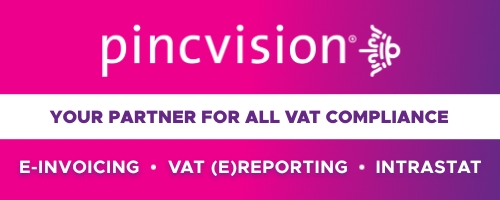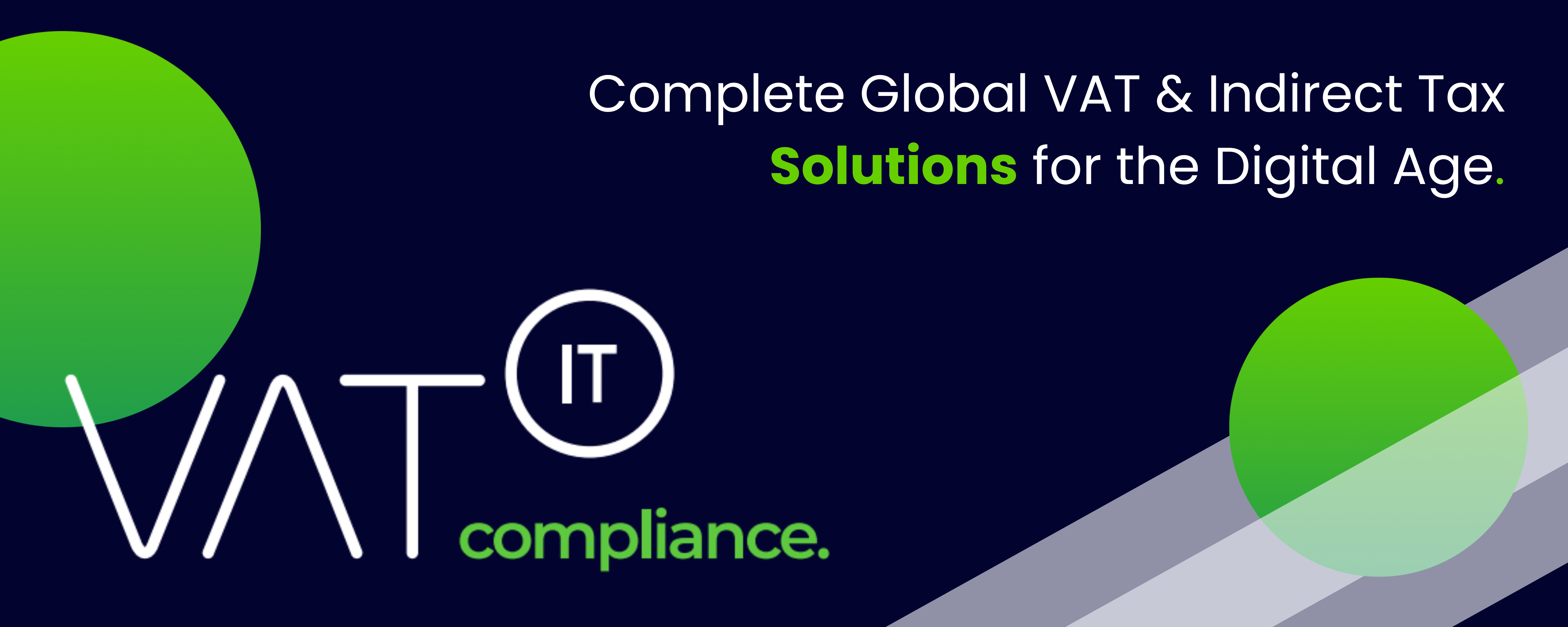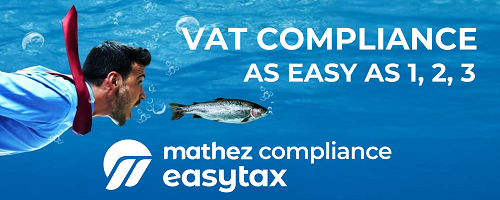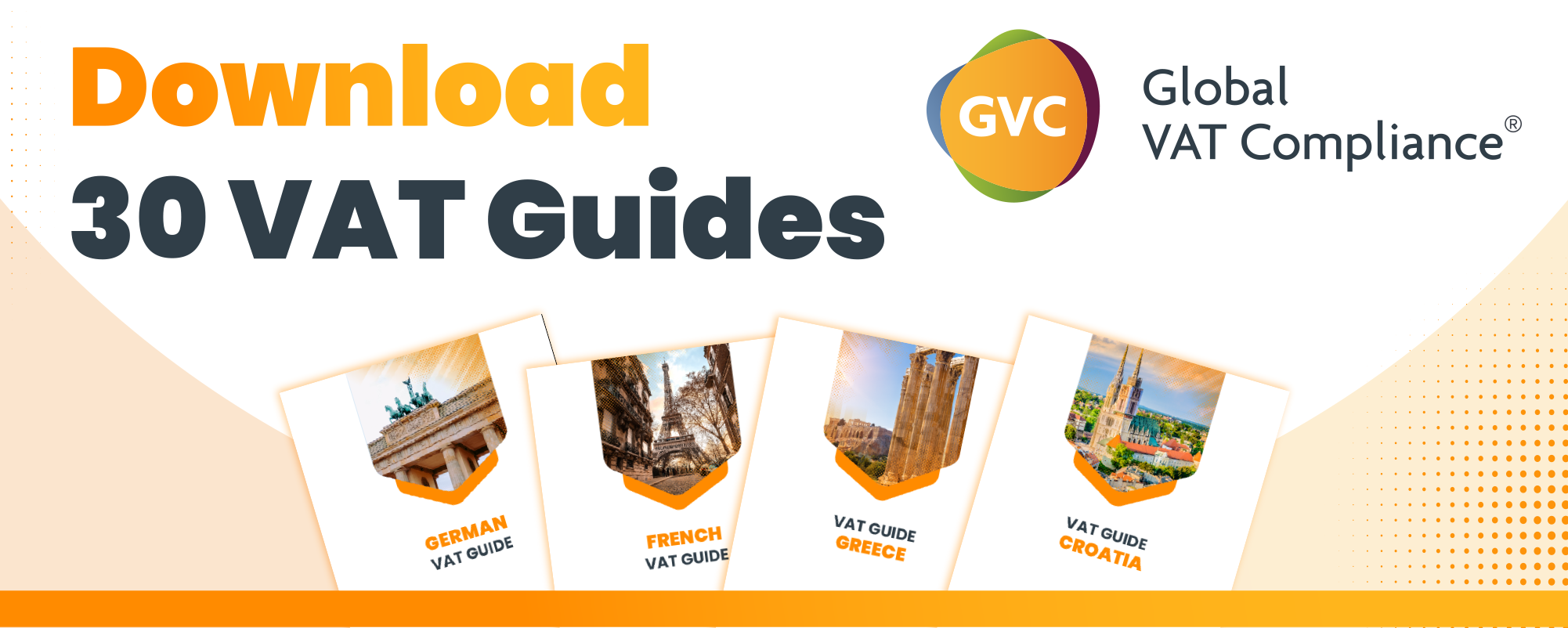️ Solving VAT Double Taxation in the EU: A Call to Action
Insights from the EU VAT Forum’s 2020 Report
VAT double taxation has long undermined the smooth functioning of the EU internal market. In January 2020, the EU VAT Forum subgroup 7.1 published an extensive report analyzing the causes, consequences, and existing tools for preventing and resolving VAT disputes. This document offers a roadmap for harmonizing tax treatment across Member States and ensuring VAT neutrality.
What Is VAT Double Taxation?
According to the report’s working definition, VAT double taxation occurs when:
- A transaction is taxed twice by two different jurisdictions and no neutralization mechanism exists.
- A single Member State applies VAT twice on the same transaction without correction.
- VAT becomes a final cost for a business due to denied deduction, violating the principle of neutrality.
This can result from divergent interpretations of rules, inconsistent classification of transactions, or administrative mismatches between Member States.
Examples of Common Disputes
The report highlights various real-life scenarios:
- A service provided in one EU country is taxed there, while the recipient’s country also applies VAT via the reverse charge, leading to duplicate tax.
- Use and enjoyment rules shift taxation to where a service is consumed, even when billed elsewhere.
- Disputes over whether a transaction involves a fixed establishment in the recipient country can trigger unexpected VAT obligations.
Notably, the infamous “Seminar Case” (C-647/17) exposed diverging views among Member States on how educational events should be taxed—some treating it as admission (Article 53), others as general services (Article 44).
️ Tools Available—and Their Limits
The report evaluates mechanisms for preventing and resolving VAT disputes:
| Tool | Role | Limitation |
|---|---|---|
| EU Cross-Border Ruling (CBR) | Advance rulings coordinated by Member States | Not available in all countries; non-binding |
| SOLVIT | EU-wide problem-solving network | Informal, non-binding, limited scope |
| Tax Administration Dialogue | Bilateral discussions to reconcile positions | Voluntary and ad hoc |
| VAT Committee & Explanatory Notes | EU-level interpretation and guidance | Non-binding; limited to general questions |
| European Court of Justice (EUCJ) | Judicial resolution | Slow, costly, and reactive rather than preventive |
Despite the breadth of tools, none guarantee a resolution for all types of VAT double taxation disputes. Moreover, businesses often lack awareness of these mechanisms.
Recommended Actions
The subgroup proposes short-, mid-, and long-term reforms:
Short-Term
- Improve access to clear, multilingual information (e.g., via a VAT chatbot).
- Encourage dialogue between Member States and businesses.
- Promote better invoicing guidance for cross-border transactions.
Mid-Term
- Expand and formalize the EU Cross-Border Ruling mechanism.
- Enhance cooperation through administrative platforms like Regulation 904/2010.
️ Long-Term
- Consider establishing a dedicated legal framework or VAT dispute resolution mechanism, similar to Direct Tax Directive 2017/1852.
- Explore the role of a VAT ombudsman or mediation body.
Conclusion
VAT double taxation challenges fairness, competitiveness, and economic efficiency across the EU. While current tools offer a fragmented safety net, a comprehensive system—backed by legal certainty and accessible information—is critical.
The EU VAT Forum’s call is clear: coordinate, simplify, and resolve. Only then can VAT live up to its promise of neutrality in an increasingly borderless economy.
Source ec.europa.eu














